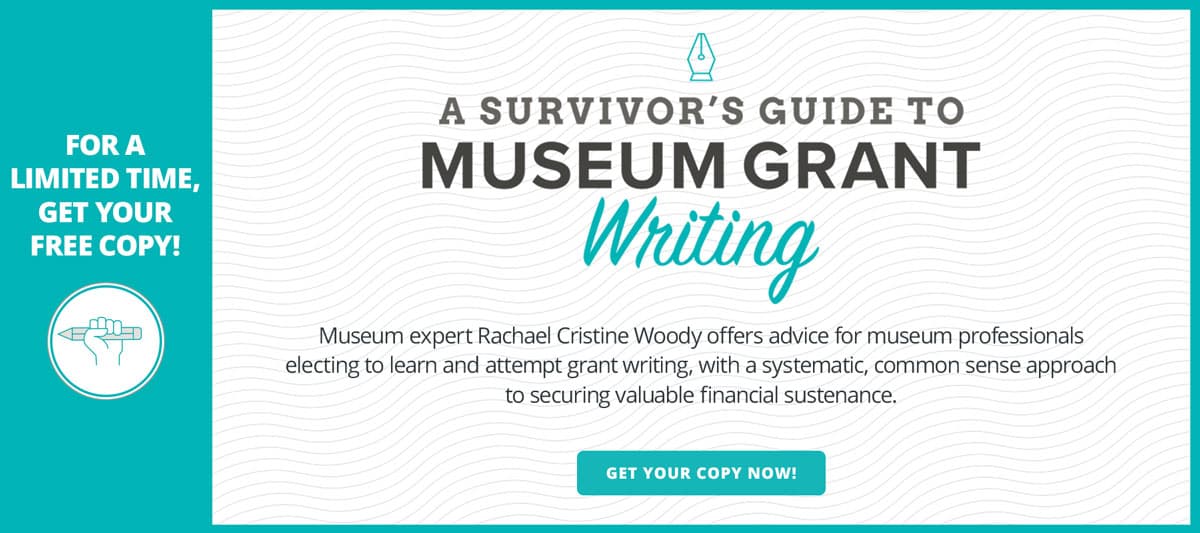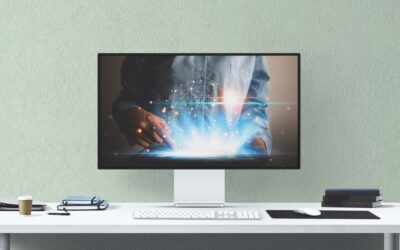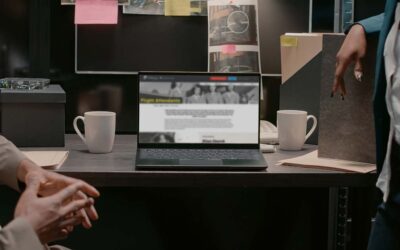Building a Comprehensive Museum Digital Program
Every museum is at a different stage of development with their digital program. It’s most often the case that a museum has some digital components in place, but not a comprehensive program. For the purposes of this post “digital program” is used to refer to the equipment used, standards followed, and work undertaken to digitize and catalog collections.
This post will explore elements that make up a digital program with guidance on where to start if your museum is rethinking or just starting a digital program.
Digital Program: Required Elements
First, an infrastructure needs to be created. A digital infrastructure refers to the mechanisms that can create, store and share data and digital content. Infrastructure will typically include the following:
- digitization equipment hardware;
- equipment software;
- collections management system (CMS) software;
- publishing platform (if separate from CMS); and
- a digital asset management system (DAMS).
If you’re still researching collections management systems you may find 3 Things to Look for When Choosing a Museum Collections Management System helpful.
Elements of the infrastructure will be dictated by the museum’s specific needs, capacity, and resources. For example, a museum with a significant 2D, visual collection, will want a flatbed scanner that can scan multiple items at a high resolution and quickly. Or, a museum with a small budget and not a lot of staff time may want to prioritize investing in an intuitive CMS and borrow or slowly acquire digitization equipment.
Digital Program: Recommended Elements
When possible, creating a digital infrastructure should include these additional elements:
Setting Digital File Format Standards
Identify the collection items in your museum and determine the appropriate file formats for their digital surrogates. For example, if the collection is 3D objects only then taking photographs at a high resolution and rendering in a TIFF file format is preferred. If the collection has a document section, then a PDF file with optical character recognition (OCR) is best. Assess the museum collection content and determine what digital files the museum will need to produce and manage.
Determining Optimal Cataloging Fields & Descriptive Standards
Selecting metadata fields at the beginning of the digital program will help with consistency, quality-control, and access to your collections. Also review descriptive catalog standards and employ those description standards in trainings and instructional documents. When going through this process it’s important to keep sustainability in mind as you’ll want staff, interns, or volunteers to be able to replicate the work consistently.
Please see Lucidea’s The Importance of Sustainable Museum Cataloging & How to Achieve It post for more information on how to set up a sustainable cataloging practice.
Digital Preservation
Digital preservation is an area that is often overlooked when developing a digital program. Preserving (Digital) Objects with Restricted Resources (POWRR) offers some great introductory resources on what components make up a digital preservation strategy and tools you can use to help safe-guard your digital files.
Please also see Margot Note’s posts Scalability of Digital Preservation: The Right Fit for All and Expanding Digital Preservation Collaboration for additional information on how to think through digital preservation at your organization.
Training
Once you have the digital program in place you will need to train staff, volunteers, and interns on the various sections that make up your program. Creating an effective training manual and providing hands on training will help support consistent practices.
Please see Lucidea’s post Effective Technology Training for Museum Volunteers and Interns for more information on how to construct effective and easy-to-follow training.
Conclusion
While evaluating a digital program’s nuts and bolts may not be as glamourous as other museum activities it’s a critical component of the museum’s mission. Please see these Lucidea posts for more information on how a solid digital program is necessary to meet visitor needs and support its income stream: Museum Online Presence: Critical to Income Stream and Museum Digital Collections User Types & Expectations.

Rachael Cristine Woody
As a consultant, Rachael Cristine Woody advises on museum grant writing strategies and collections management for a wide variety of clients. Read more of Rachael’s posts on museum strategies for success. Learn about Lucidea’s Argus solution for museum collections management and digitization.
Similar Posts
An Introduction to Scrollytelling for Museums
Discover how museums use scrollytelling and digital storytelling platforms to create immersive narratives. This introduction explores key concepts and approaches to interactive storytelling.
Exploring Self-Determinate Multiple Pathways: An Example of Digital Storytelling
Discover how self-determinate multiple pathways offer flexible interactive storytelling in museum exhibits. Learn from the Tenement Museum’s ‘Your Story Our Story.’
Digital Museum Storytelling Example: A Look at Self-Determinate Linear Pathways
Self-determinate characteristics on a linear pathway go beyond brief sidebar topics and instead offer alternative ways to navigate the linear pathway.
Digital Storytelling in Museums: The Prescriptive Linear Pathway in Action
Rachael Woody emphasizes that storytelling is key to engaging audiences with collections. One effective approach? The prescriptive linear pathway—a simple yet powerful method for guiding visitors through digital exhibits.







Leave a Comment
Comments are reviewed and must adhere to our comments policy.
0 Comments